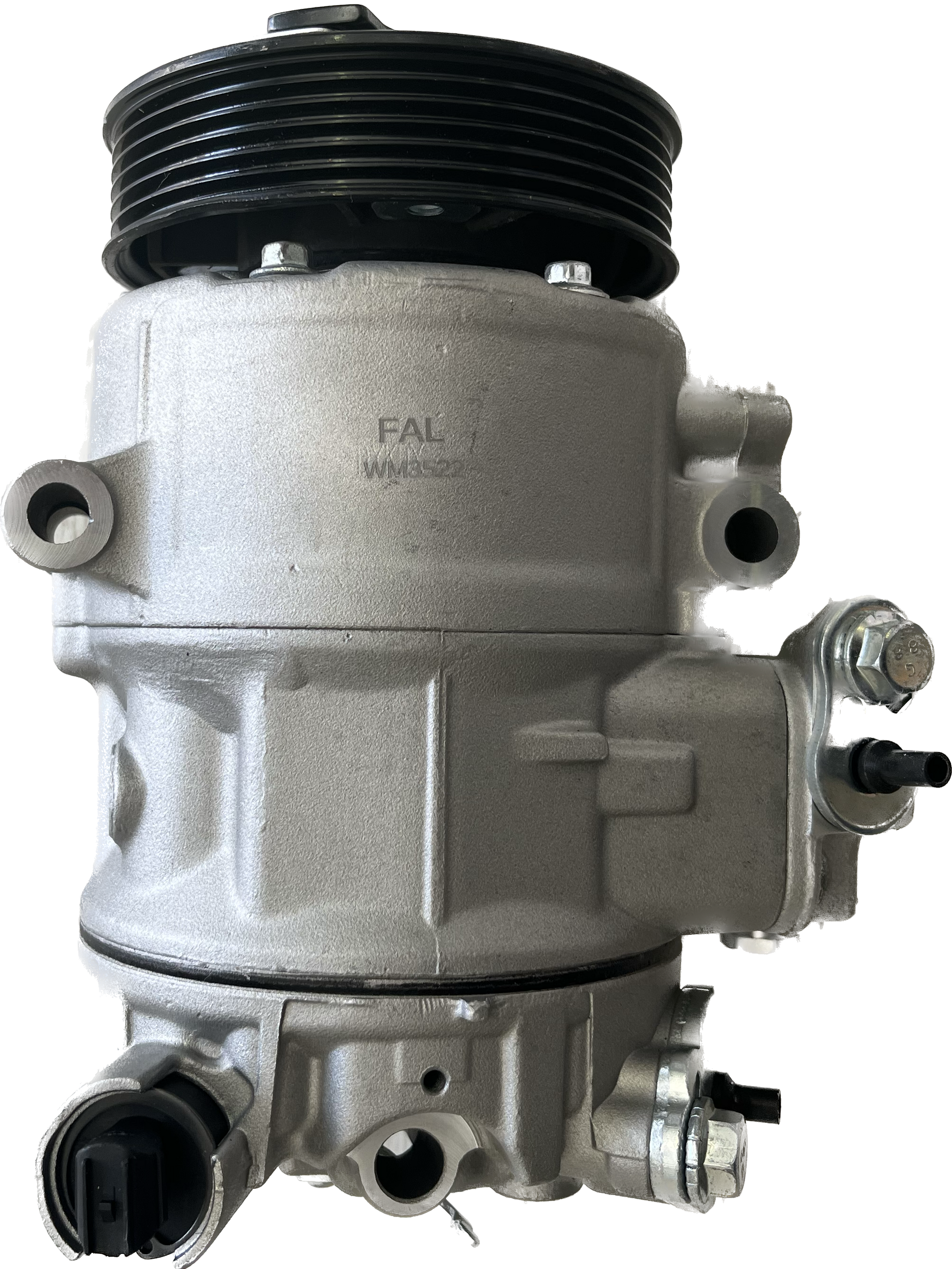Eliminate operational issues with a well-tuned clp engine.
Eliminate operational issues with a well-tuned clp engine.
Blog Article
Exactly How a Clp Engine Can Improve Performance in Different Industries
The advent of CLP engines marks a substantial shift in operational performance throughout various industries, driven by their capability to maximize gas consumption and decrease downtime. As organizations progressively prioritize sustainability along with performance, the role of CLP engines becomes even a lot more critical.
Overview of CLP Engines
CLP engines, or Continuous Fluid Propellant engines, stand for a considerable development in propulsion technology, particularly for room applications. These engines make use of a continual feed system that permits for the continual expulsion of propellant, bring about enhanced performance and efficiency compared to traditional strong or hybrid propulsion systems. By keeping a continuous circulation of liquid propellant, CLP engines can attain a lot more accurate thrust control, which is critical for steering spacecraft in various goal situations.
The design of CLP engines incorporates sophisticated products and ingenious gas monitoring systems. clp engine. This results in lowered weight and boosted reliability, crucial aspects for long-duration space goals. Additionally, the continuous procedure reduces the threat of combustion instability, an usual challenge in standard rocket engines.

Advantages in Production
The production of Continual Fluid Propellant (CLP) engines provides a number of noteworthy advantages that enhance both efficiency and cost-effectiveness. Among the key advantages is the structured production process, which reduces the intricacy linked with standard propulsion systems. By using fluid propellant, makers can accomplish higher precision in engine performance, leading to maximized power outcome and reduced waste.
In addition, CLP engines assist in a higher level of modularity, enabling much easier integration right into numerous manufacturing lines. This adaptability can substantially reduce lead times and boost general functional versatility. Making use of CLP technology additionally has a tendency to minimize the need for extensive upkeep due to less moving components, which equates right into minimized downtime and operational prices.

Applications in Logistics
Leveraging Continual Fluid Propellant (CLP) engines in logistics supplies substantial advantages in functional performance and integrity. These engines provide a durable option for various transport needs, enabling the smooth movement of goods throughout vast ranges. The inherent design of CLP engines permits consistent power result, which converts right into smoother and a lot more predictable transportation schedules.
Among the crucial applications of CLP engines in logistics is in heavy-duty freight transportation, where they can drive both ground and airborne automobiles. Their ability to maintain high efficiency under differing tons conditions makes sure that shipment timelines are met, thereby boosting consumer contentment. In addition, CLP engines can be integrated into useful link automated logistics systems, facilitating real-time monitoring and optimizing course preparation.
In addition, the sturdiness of CLP engines minimizes maintenance downtime, allowing logistics firms to maximize their functional abilities. This is especially advantageous in warehousing operations, where effectiveness in dealing with and transporting products is crucial. As logistics proceeds to progress, the integration of CLP engines stands for a forward-thinking approach that not just boosts efficiency however also sustains the industry's growing needs for reliability and rate.
Effect On Power Effectiveness
How do Constant Fluid Propellant (CLP) engines improve power efficiency in transportation? CLP engines make use of a consistent flow of fluid fuel, enhancing burning processes and preserving a secure thrust outcome. This layout minimizes energy losses connected with traditional combustion engines, where gas shipment can vary and bring about inefficiencies.
The constant procedure of CLP engines enables a more effective thermal cycle, leading to greater specific impulse compared to traditional engines. clp engine. This converts to reduced fuel consumption for the exact same quantity of job done, significantly reducing operational expenses throughout numerous transport sectors, including aviation and maritime industries
Furthermore, the capability of CLP engines to preserve ideal efficiency under differing tons problems decreases the requirement for regular velocity and slowdown, additionally boosting gas performance. Boosted power performance not just adds to cost savings but also results in lower greenhouse gas emissions, aligning with global sustainability goals.
Future Trends and Innovations
Arising advancements in Continual Fluid Propellant (CLP) engine modern technology assurance to change the landscape of transport effectiveness and sustainability. As markets pivot toward greener alternatives, CLP engines stand at the forefront, incorporating cutting-edge products and layout methodologies that boost performance while lessening environmental effect.
One of one of the most encouraging patterns is the adoption of crossbreed systems that integrate CLP engines with renewable resource sources. This harmony can optimize gas usage and decrease emissions, straightening with worldwide sustainability goals. Improvements in computational liquid characteristics (CFD) are helping with the layout of more aerodynamically reliable engines, leading to decreased drag and boosted fuel performance.
Additionally, the growth of wise surveillance systems is readied to boost operational performances. These systems leverage data analytics and IoT modern technology to enhance engine efficiency in real-time, guaranteeing that the engines run within their most efficient specifications.
As study proceeds to explore different propellant formulations-- such as biofuels and synthetic gas-- the future of CLP engines looks encouraging. By taking advantage of these innovations, sectors can not just improve their effectiveness pop over here yet additionally contribute substantially to a cleaner, extra sustainable future in transportation.
Final Thought
In verdict, CLP engines stand for a considerable innovation published here in effectiveness across several industries. The integration of advanced products and less moving parts minimizes maintenance needs, while placement with sustainability goals settings CLP engines as a pivotal innovation for the future.
Report this page